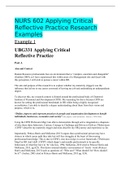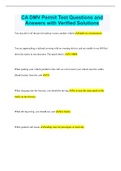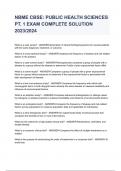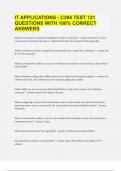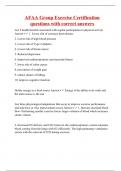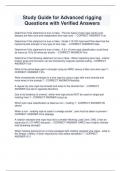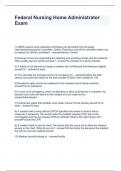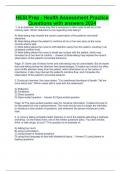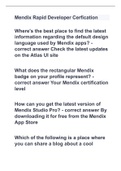Tentamen (uitwerkingen)
NURS 602 Applying Critical Reflective Practice Research Examples
- Vak
- Instelling
NURS 602 Applying Critical Reflective Practice Research Examples Example 1 UBG331 Applying Critical Reflective Practice Part A Aim and Context Human Resource professionals face an environment that is “complex, uncertain and changeable” (Gardner 2009), as I have experienced this within ...
[Meer zien]
